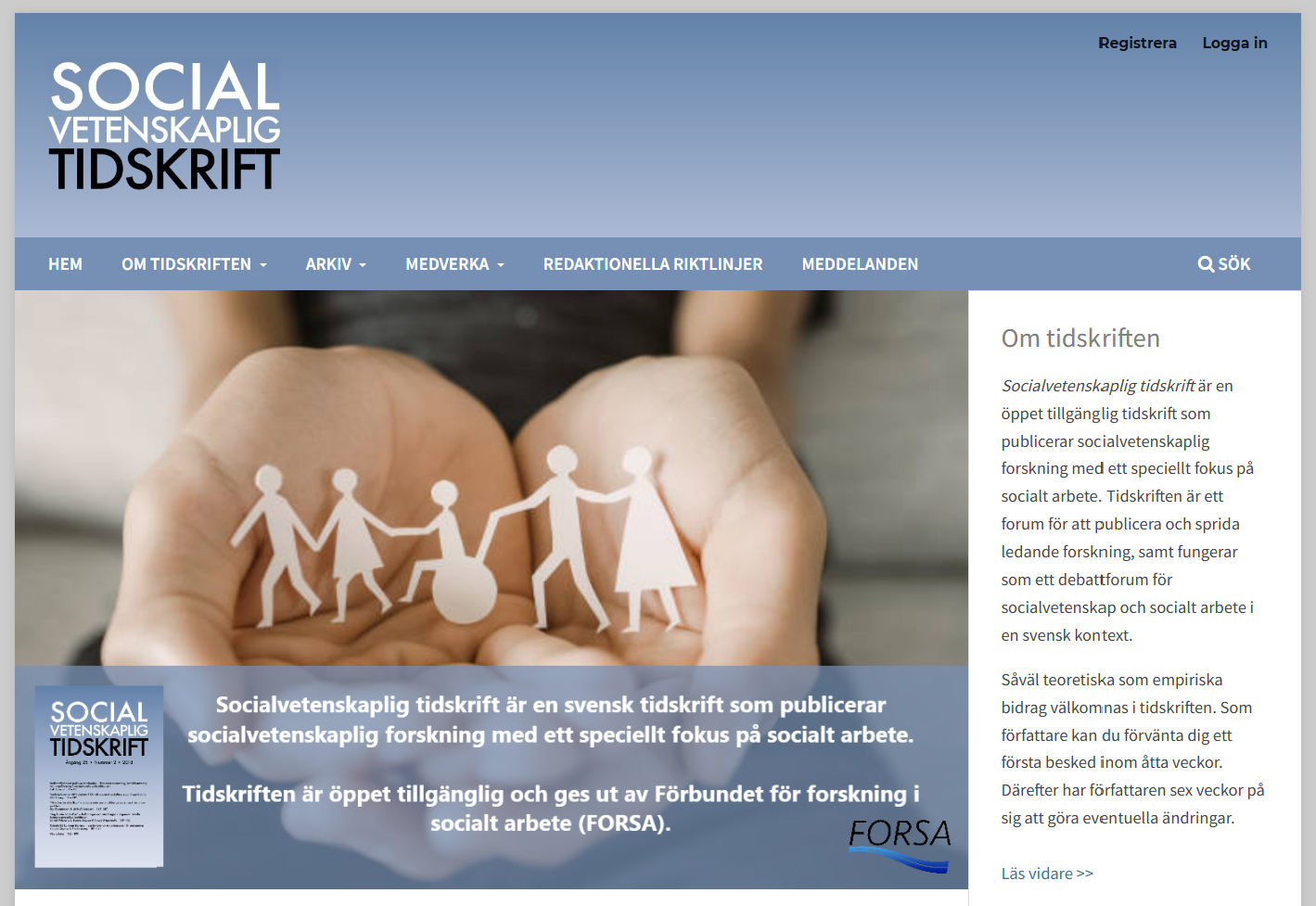Educational pathways in individuals placed in out-of-home care
From intermediate school to midlife
DOI:
https://doi.org/10.3384/SVT.2021.28.3.4261Abstract
National and international studies have shown that children with experience of out-of-home care (OHC) have poor school performance compared to their peers. However, we know less about their educational careers over time. Based on a 50-year follow-up of 12,000 individuals, of whom nearly 8 per cent had been placed in OHC before their 13th birthday, this study mapped out their educational pathways over the life course. The analyses focused on how the OHC group’s educational ambitions, achievement, and choices from sixth grade onwards differed from children who had come in contact with the child welfare system without being placed, and other majority population peers. The results showed that the OHC group consistently had poorer achievement, and made less ambitious choices compared to their majority population peers. However, the OHC group had similar or even better outcomes compared to the child welfare contact group. The results also showed that opportunities to resume studies in adulthood had played an important role for children in general and children in OHC in particular.
Downloads
Published
How to Cite
Issue
Section
License
Copyright (c) 2022 Socialvetenskaplig tidskrift

This work is licensed under a Creative Commons Attribution 4.0 International License.
Allt material i Socialvetenskaplig tidskrift publiceras sedan 2022 (Vol 28 Nr 2) med omedelbar öppen tillgång (open access), under Creative Commons-licensen CC BY 4.0. Upphovsrätten till innehållet tillhör respektive författare.
Allt innehåll i tidskriften är fritt tillgängligt utan kostnad och får fritt läsas, laddas ned, kopieras, delas, skrivas ut och länkas. När innehållet används måste författare, källa och licens anges. Författaren kan fritt göra sin publicerade text tillgänglig på institutionella och internetbaserade arkiv, exempelvis sitt lärosätes digitala arkiv eller andra tjänster för detta.
Inga publiceringsavgifter tas ut vid publicering i Socialvetenskaplig tidskrift.


